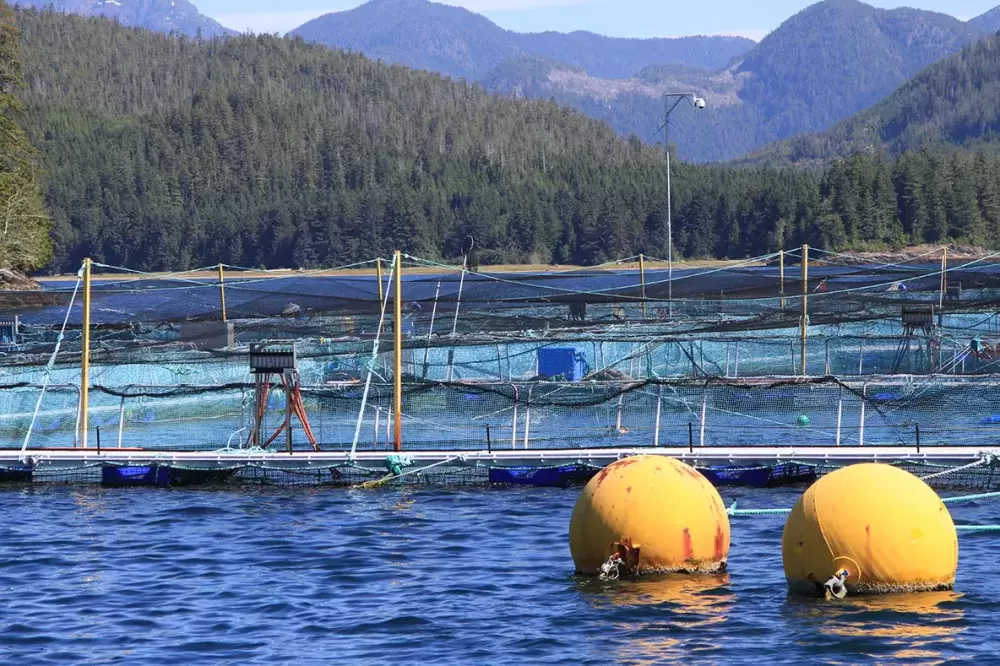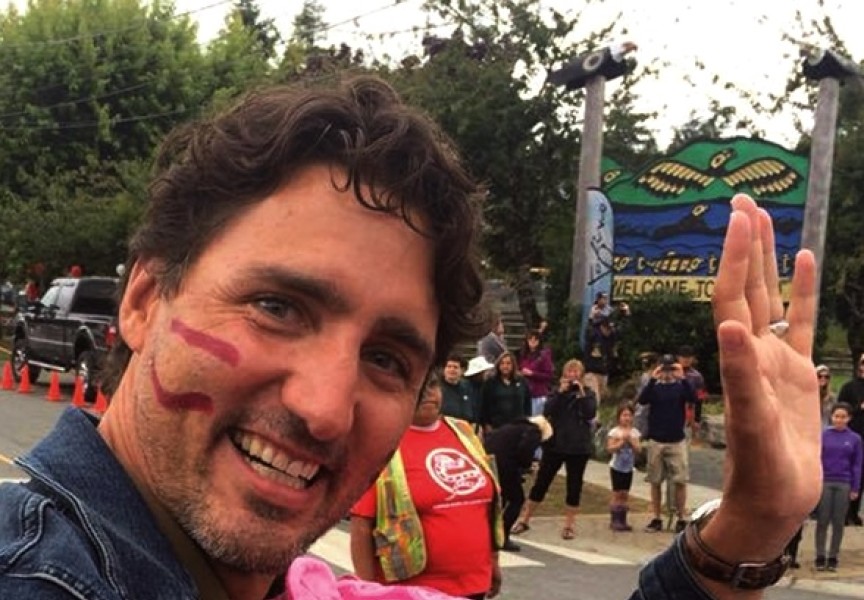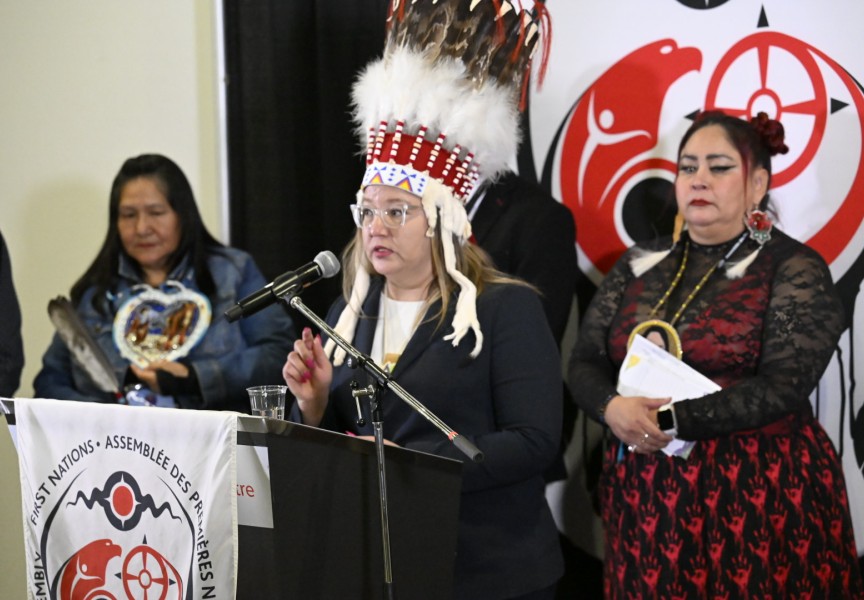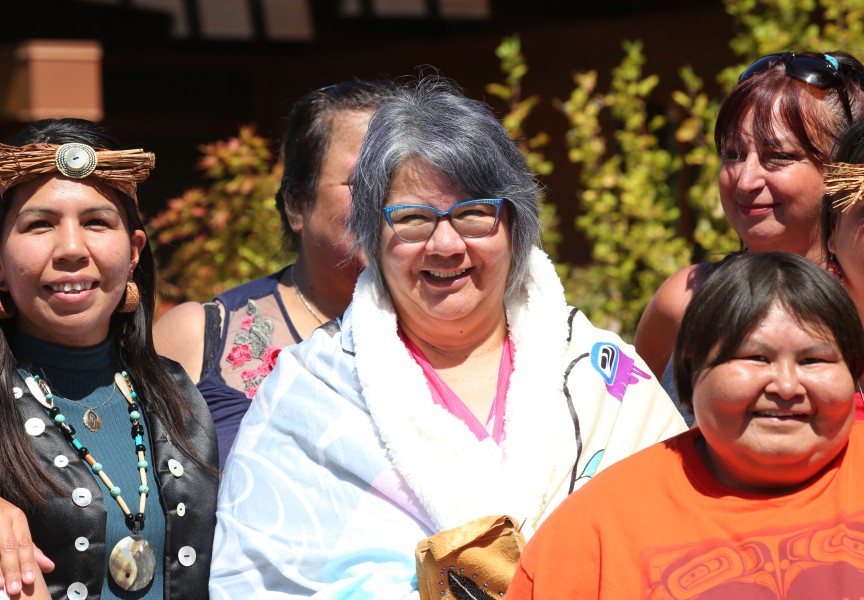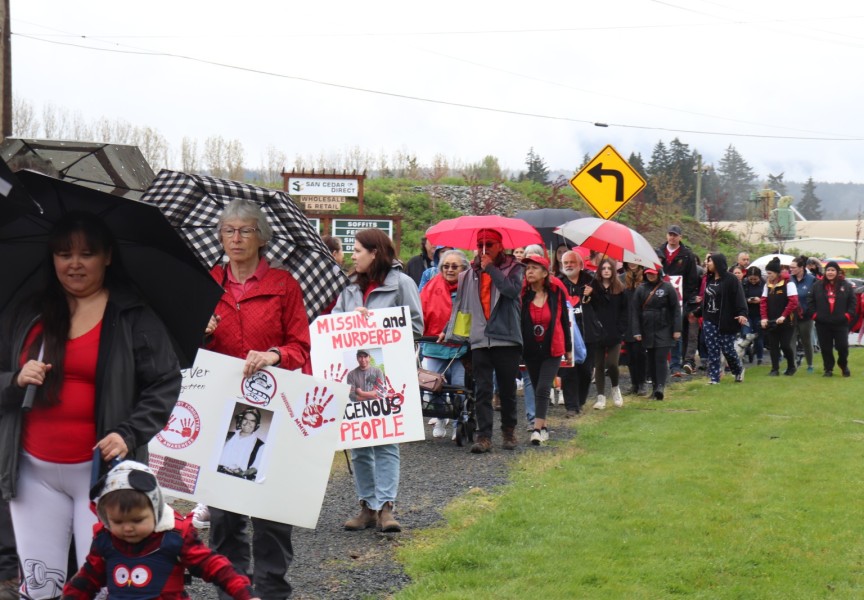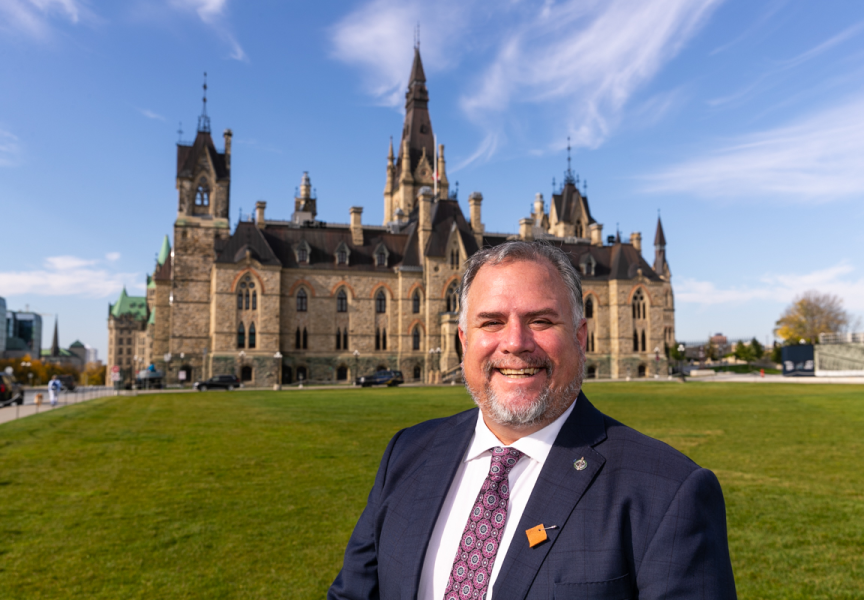The federal government is pledging to change the way fish farms are run in Canada - while creating more jobs and protecting the environment in the process – through the development of an aquaculture act.
Ottawa’s plans include regulations that affect fish farms on all of Canada’s coasts, with an “area based approach” to better control the effects net pens have on wild salmon. The aquaculture act would include a national framework for managing risks in the industry.
“The Government of Canada is committed to making aquaculture more effective, efficient and environmentally sustainable,” said Jonathan Wilkinson, minister of Fisheries, Oceans and the Canadian Coast Guard, in a statement.
Announced on Dec. 10, the initiative was met with support from aquaculture operators on the west coast of Vancouver Island.
“I think it’s really good, because Canada is the only country in the world that has an aquaculture sector where we don’t have an aquaculture act,” said Marilyn Hutchinson, director for sustainability and growth at Grieg Seafood, which operates fish farms in Nootka Sound. “It’s going to demonstrate that we have the support of our federal government for the growth of the sector, for the sustainable, properly regulated growth of aquaculture in Canada.”
“Something industry has wanted for a long time is an aquaculture act,” added Linda Sams, sustainable development director for Cermaq, which runs numerous fish farms in Clayoquot Sound. “The benefit I think we would have is some certainly around our operations around regulation, around policy and advocacy as well.”
In recent years how the industry has been regulated has been in a state of flux. On the West Coast up until eight years ago the B.C. government managed aquaculture, but this changed when Fisheries and Oceans Canada took over as the authority. Yet the Province of British Columbia still controls tenures, and in June announced “rigorous” new standards for fish farms, requiring the approval of local First Nations for any renewals or new sites. This comes into effect in June 2022, when many West Coast tenures expire.
“The word aquaculture doesn’t appear in the fisheries Act; the Fisheries Act is over 100 years old,” said Hutchinson. “While DFO is our regulator, they’ve had to create a lot of regulations since they took over authority in B.C. from the province in 2010.”
The Aquaculture industry provides jobs for remote coastal communities, and Cermaq is a major employer for Ahousaht as it runs net pens in the First Nation’s territory. But many believe that the industry is affecting wild salmon and needs to be transformed, including the Union of B.C. Indian Chiefs, who advocate for the removal of net pens from the ocean to land-based facilities.
Ottawa’s recently announced aquaculture plans also include an extensive study on closed containment technology for land and sea-based operations, with a report expected in the summer of 2019.
Cermaq currently raises its Atlantic salmon in closed containment facilities for the first year and a half, before the fish are transported into net pens in the Pacific Ocean to complete their life cycle. Sams said that Cermaq welcomes any innovations that could bring new approaches to raising fish, but for the time being closed containment operations require more energy to replicate natural conditions, producing greater carbon emissions.
“Different types of alternative technology may very well serve a purpose in the industry,” she said. “At this point in time it is our strong opinion that the open ocean is the right place to raise salmon, and if done responsibly, is the best possible outcome.”
The study on closed containment technology will be conducted by Sustainable Development Technology Canada and the B.C. government. With 32 years of experience in aquaculture, Sams points to the importance of finding ways to limit energy usage if closed containment systems are to become more prevalent.
“As a world, going forward we have to be mindful of the energy input and the emissions part, and using the ocean,” she said. “If you’re on land, you have to pump water, and then you have to maybe control temperature, then you have to filter waste, and then you need to have electricity quite often - but you need to be in a populated area to have access to electricity.”
The federal government’s plans stress the need to contain net pens that populate the coast into a set area, thereby limiting any possible effects on the migration routes of wild salmon. With over two thirds of Canada’s farmed salmon on the B.C. coast, the new federal “area based approach” will be tested on northern Vancouver Island through a pilot project.
“Discussions are underway with the Province of British Columbia, Indigenous peoples and communities,” stated the DFO.
Sams said that the location of net pens in Ahousaht territory is an ongoing topic of conversation when Cermaq participates on the Clayoquot Salmon Roundtable meetings. Some of the Cermaq pens have been at their current locations since the 1980s, when less was known about the migration patterns of wild salmon on Vancouver Island’s coast.
“Many of these farms were sited in the days before there was a good understanding around that aspect,” said Sams. “We’re educating ourselves on that.”

